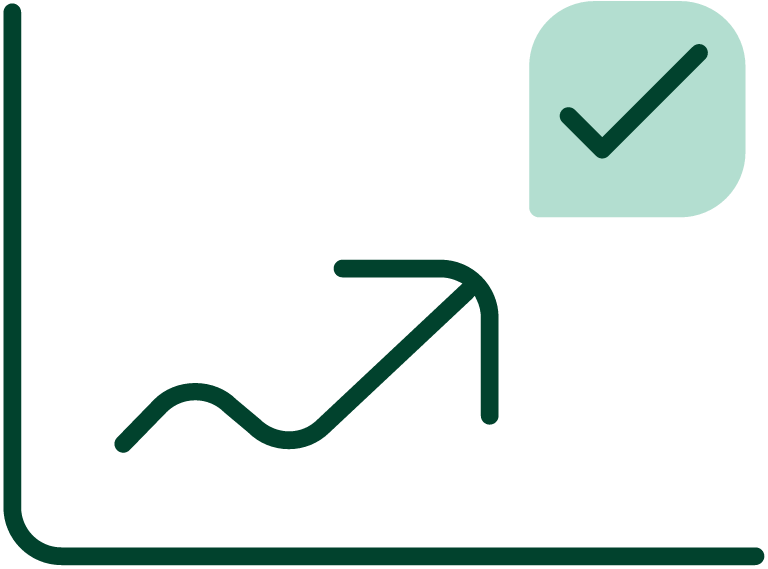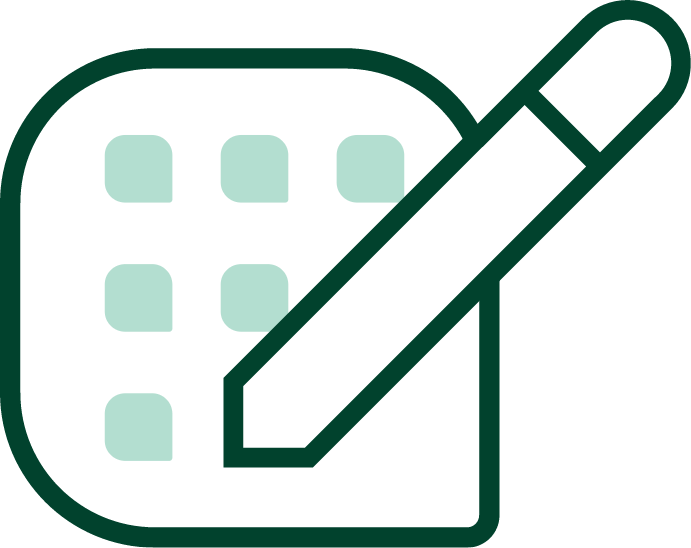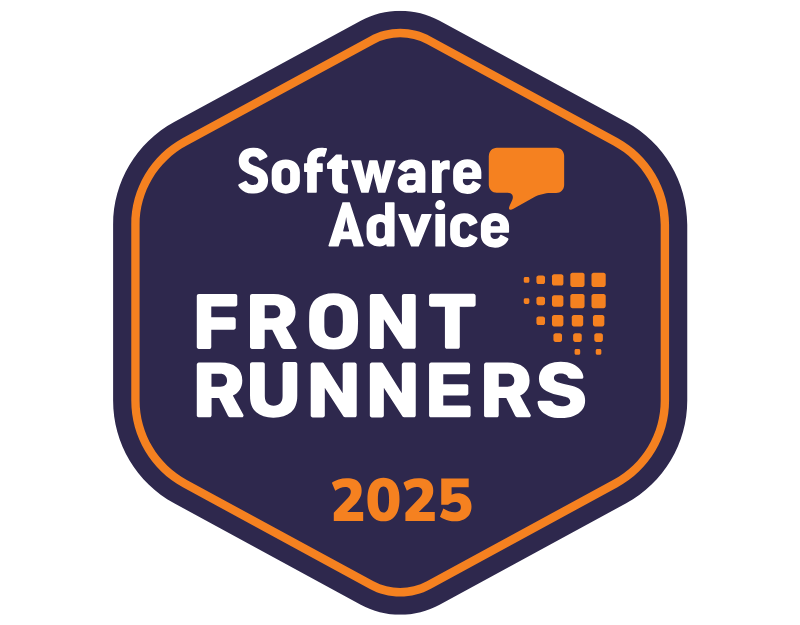Accounts receivable management is one of your organization’s most crucial administrative roles. It determines how much money comes into your business and how well it performs. Not surprisingly, you likely spend a lot of time looking for new ways to improve your A/R and cash flow. Consider adding these best practices to your routine.
1. Establish an Accounts Receivable Management Process
The best time to establish a process is before you even open your doors. Creating a plan before tackling real-life cash flow allows you to make sound decisions when calm and collected. You can then make adjustments to that plan as the business progresses.
This proactive approach is often far more effective than attempting to strategize while in crisis mode. Creating an established and documented process also makes it easy to pass the role on to a team. Financial professionals can then make changes based on their specialized knowledge and experience.
2. Create a Credit Policy and Stick To It
Before extending credit, do some research on the business and determine the likelihood of getting timely payments. While new to running the company, it could be challenging to identify what characteristics match up with a company that will pay its bills. These are some general things to look for:
- A long history in the industry
- Good cash flow
- Good business credit score
- Fewer competitors
- Happy customers
3. Make It Easy To Get Paid
As a business owner, you likely have your preferred methods of payment. Maybe you prefer ACH or paper checks. Above all else, you likely prefer to get paid in full and on time. One way to ensure this is to offer customers a wealth of payment options.
Payment options can also extend to installment plans. In cases of severe delinquency, you might find that some clients will have enough cash left over to pay their bills a little at a time. Be open to these arrangements and create a standardized process for handling them.
4. Measure the Right KPIs
There are several key performance indicators you could track regarding A/R management. Focus on the ones that provide the most actionable information:
- DSO measures how many days it takes your business to collect payments after a sale. In other words, it shows you how quickly you get paid.
- Customer churn or attrition is the percentage of customers who stop doing business with you over a given period.
- Average days delinquent determines the average number of days invoices remain overdue until clients finally settle their bills.
- Revised invoices are an indication that the A/R process needs adjustments or automation to reduce human error.
- The turnover ratio helps you determine how effectively you convert your assets or inventory into cash payments.
5. Get All Hands on Deck
Your A/R team might feel 100% responsible for accounts receivable processes and dislike the idea of other administrative staff getting involved. However, A/R affects all aspects of the organization, and other teams affect how the A/R team functions.
For example, the salespeople are in the best position to ensure the company attracts fiscally responsible customers. Similarly, the HR manager needs to know what the A/R team needs in a leader when hiring for the role. Consequently, getting everyone involved, within reason, increases the probability of success.
6. Leverage Accounts Receivable Automation
One of the most effective ways to improve your A/R management is to automate as much of the process as possible. Automation can help you keep track of payments, invoices, and customers more efficiently. It can also help you manage late payments and send automatic reminders to customers when their invoices are due.
The best way to do this is to rely on accounts receivable management software. When choosing your software provider, consider the following:
- Ease of use: The platform should be user-friendly, reducing the learning curve and speeding up your return on investment.
- Integration: Ensure the automation tools are compatible with the existing software you use so you avoid information silos.
- Customer support: Prioritize working with a software provider committed to customer satisfaction and that can help you resolve problems that arise.
- Real-Time KPIs: Automating KPI measurements is a great idea, but you also need real-time updates. This ensures you always have up-to-date information to make informed decisions.
The Bottom Line
By following these accounts receivable management best practices, you improve your chances of success. One of the most important practices to consider is the automation of accounts receivable processes. At Gaviti, we help our clients achieve exactly that through our advanced A/R software. Request a demo to see what it can do for your business.





















